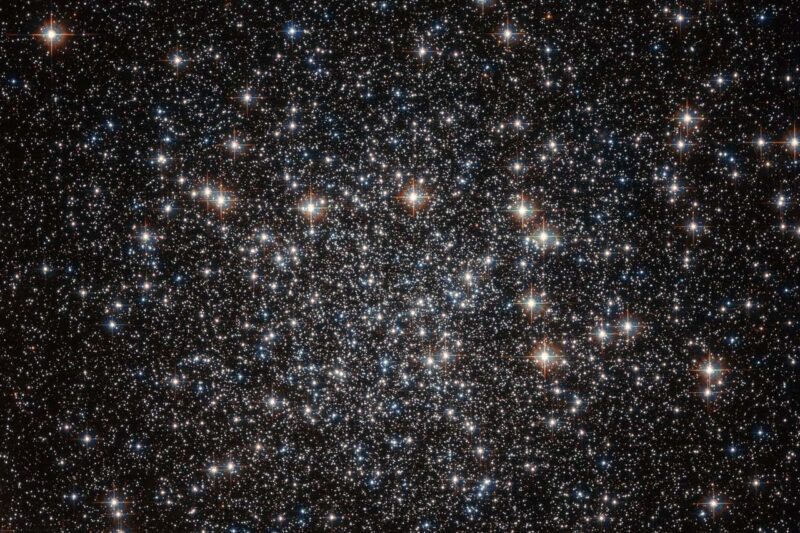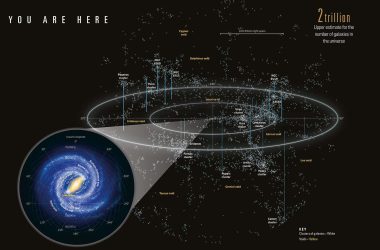Stars have a natural twinkle that results from gas movements from the core to the surface. Scientists have now converted these oscillations into sound to better understand this phenomenon.
When observed from Earth, stars appear to twinkle due to the bending and fragmenting of light by the atmosphere before it reaches our eyes. This is similar to the twinkle effect seen in city lights from an airplane window. However, stars also experience subtle variations in brightness over a period of months, which our eyes cannot detect.
Evan Anders from Northwestern University and his colleagues have developed a computer model to simulate the rippling energy within stars. This simulation has allowed them to quantify the intervals and frequencies at which twinkling occurs.
The core of a star consists of swirling hot and cold gases that create ocean-like waves, pushing them outwards. Some waves remain within the star, while others travel to the surface, slightly altering the star’s temperature and brightness.
The research team discovered that larger and brighter stars experience more intense twinkling. For instance, a star three times the size of the sun would have ten times stronger twinkling.
To better understand the variations in twinkling among stars of different sizes, the researchers converted the simulated gas waves into audible sound waves.
Anders explains that massive stars of various sizes can be compared to different musical instruments in the same family. Smaller stars produce more high-pitched sounds, similar to a violin, as they have a smaller wave cavity. On the other hand, larger stars produce deeper sounds, comparable to a cello, due to their bigger wave cavity.
Studying the gentle oscillations of starlight in this manner provides insight into the interior of stars, including our own sun, which would otherwise remain unknown.
Other factors, such as magnetic fields and star rotation, may also influence the twinkle of stars. Understanding these celestial formations is crucial since massive stars play a role in the creation of oxygen and the molecular cloud that formed our solar system.
Clips from this research will be featured on the New Scientist Weekly podcast, which will be released on Friday, July 28th.








